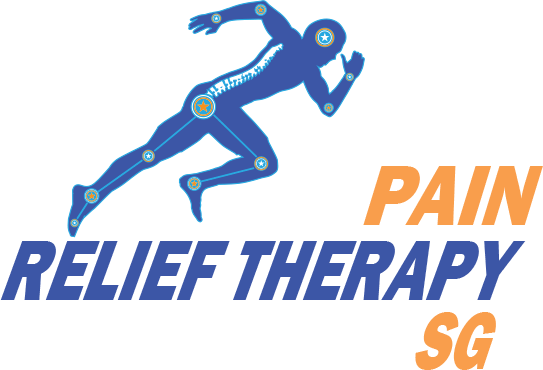The hip joint is highly durable and capable of withstanding repetitive motion and a significant amount of stress. It is the largest ball-and-socket joint in the body, and its unique structure allows for smooth and fluid movement. When the hip joint is in use, a cushion of cartilage prevents friction between the hip bone and its socket. However, despite its toughness, the hip joint is not indestructible. As we age and use our hips, the cartilage can deteriorate, leading to pain and discomfort. In addition, overuse of the muscles and tendons in the hip can also cause pain. Trauma or injury to the hip can result in fractures or other damage to the bone, leading to hip pain.
CALL +6587141543 TODAY TO SCHEDULE YOUR FIRST APPOINTMENT


